Jerk spices are a traditional Jamaican seasoning blend characterized by its bold combination of heat, smokiness, and sweetness. At its core, jerk seasoning consists primarily of scotch bonnet peppers for heat, allspice (pimento) for earthy warmth, and thyme for herbal notes - creating a complex flavor profile that defines Caribbean cuisine.
Unlike generic spice mixes, authentic jerk seasoning isn't just about heat - it's a carefully balanced symphony of ingredients developed through centuries of cultural fusion. This guide cuts through common misconceptions to deliver precisely what you need: a clear understanding of jerk spices' composition, historical roots, and practical applications for home cooking.
What Are Jerk Spices? A Clear Definition
Jerk spices refer to both the traditional Jamaican seasoning blend and the cooking technique used to prepare food. The term "jerk" originates from the Spanish word "charqui" (jerky), referring to the method of preserving meat through slow-cooking with aromatic woods.
Unlike most commercial spice blends, authentic jerk seasoning achieves its distinctive flavor through two essential components working together:
- The Spice Blend: A precise mix of scotch bonnet peppers, allspice, thyme, garlic, and other warm spices
- The Cooking Method: Slow grilling over pimento wood (allspice tree wood), which imparts unique chemical compounds that interact with the spice rub
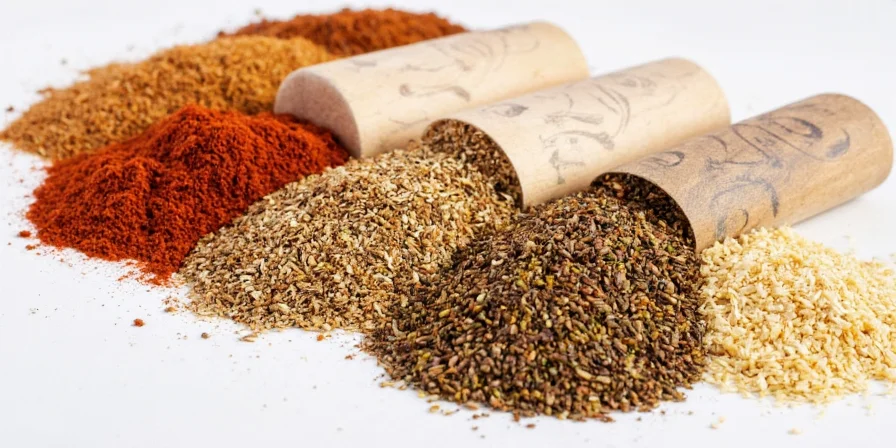
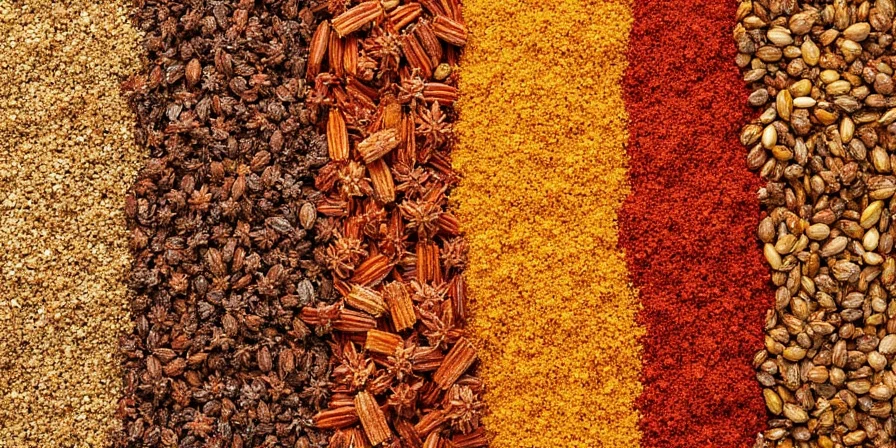
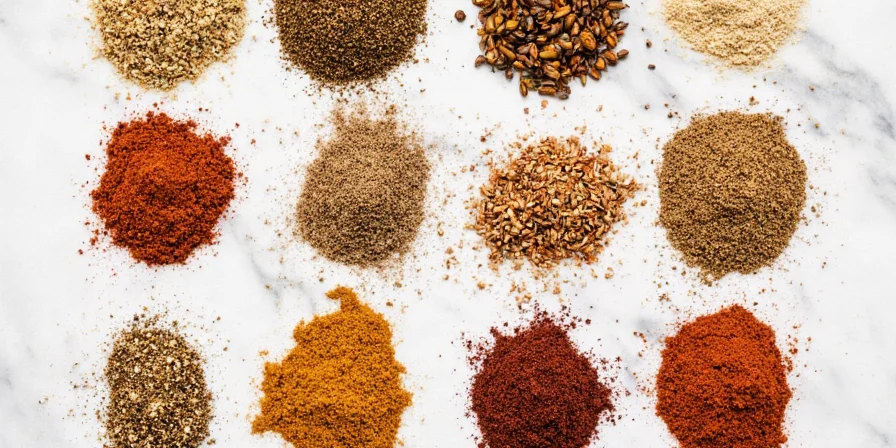
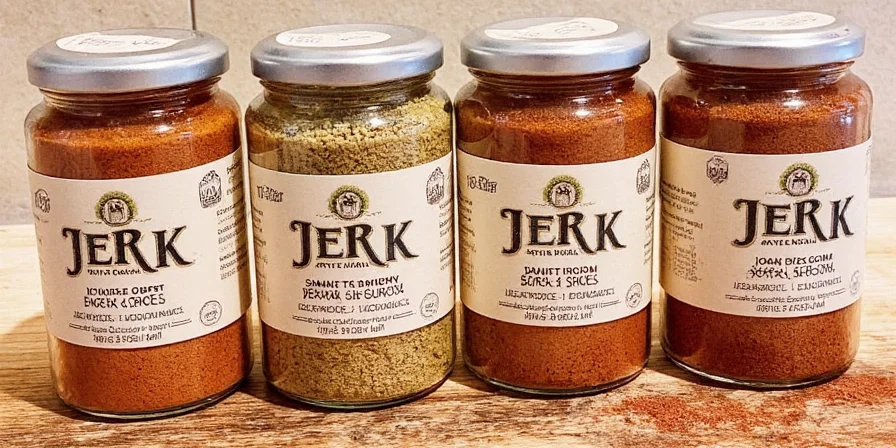
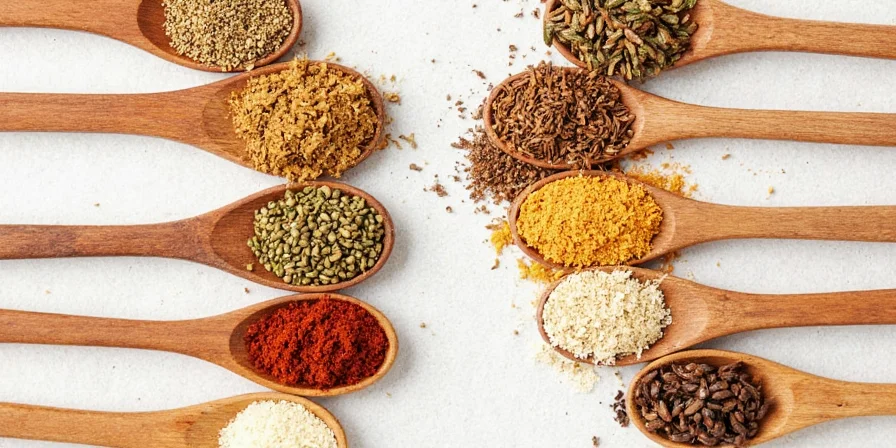
Key Ingredients That Define Authentic Jerk Seasoning
While recipes vary by family and region, authentic jerk seasoning always centers around these essential components:
| Core Ingredient | Function | Authenticity Indicator |
|---|---|---|
| Allspice (Pimento) | Provides earthy warmth and smokiness | Must be first ingredient - constitutes 30-40% of blend |
| Scotch Bonnet Peppers | Delivers signature heat (NOT habaneros) | Fresh preferred over dried for authentic flavor |
| Fresh Thyme | Adds herbal complexity | Whole sprigs preferred over dried powder |
| Green Onions | Creates aromatic base | Must be included in traditional wet marinades |
| Pimento Wood | Smoking component (non-negotiable for authentic jerk) | Differentiates true jerk from generic spicy rubs |
Why Jerk Spices Are Different From Other Spice Blends
Most spice blends focus on one dominant flavor profile. Jerk seasoning's uniqueness comes from its chemical interaction between ingredients and cooking method:
- Allspice-pimento wood synergy: Burning pimento wood releases eugenol that interacts with capsaicin in scotch bonnets, simultaneously enhancing smokiness while reducing perceived heat
- Natural preservation: Originally developed by Maroons to preserve meat in Jamaica's humid climate
- Balanced heat: Scotch bonnet heat is tempered by allspice's warmth and citrus elements
| Spice Blend | Flavor Profile | Heat Level | Authentic Application |
|---|---|---|---|
| Jerk | Spicy, smoky, sweet, herbal | Moderate to high | Slow-grilled over pimento wood |
| Taco Seasoning | Earthy, salty, chili-forward | Low to moderate | Quick-cooked applications |
| Cajun | Peppery, spicy, savory | Moderate to high | Boiled or fried preparations |
How to Identify Authentic Jerk Seasoning vs. Commercial Versions
Many store-bought "jerk" products miss the mark. Here's what to look for:
- Ingredient priority: Allspice should be first ingredient, not salt or sugar
- Pepper type: Should specify scotch bonnet, not generic "hot peppers"
- Wood mention: Authentic products acknowledge pimento wood's role
- Sugar content: Traditional recipes use minimal sugar (unlike commercial versions)
Authentic Jerk Seasoning Recipe (Jamaican Home Kitchen Version)
This simplified recipe captures authentic flavor without requiring hard-to-find ingredients:
- 3 tbsp freshly ground allspice
- 2 fresh scotch bonnet peppers, seeded and finely chopped
- 2 tbsp fresh thyme leaves (not dried)
- 4 green onions, chopped
- 4 garlic cloves, minced
- 1 tbsp fresh ginger, grated
- 1 tsp black pepper
- 1 tsp cinnamon
- 1 tsp nutmeg
- 2 tbsp lime juice
- 1 tbsp soy sauce (traditional substitute for salt)
Method: Blend all ingredients into a paste. Marinate proteins for 4-12 hours. For authentic results, grill over indirect heat with soaked pimento wood chips if allspice wood isn't available.
Common Jerk Seasoning Misconceptions Debunked
"Jerk" just means extra spicy
False. Authentic jerk balances heat with smokiness and sweetness. The heat serves the overall flavor profile rather than dominating it.
All jerk seasoning contains the same ingredients
Incorrect. Family recipes vary significantly across Jamaica. What unites them is the prominence of allspice and scotch bonnets, not identical ingredient lists.
You need special equipment to make authentic jerk
Not true. While pimento wood is ideal, you can achieve 80% of authentic flavor by using allspice berries in your smoker or adding liquid smoke to your marinade.
Jerk is only for chicken
Wrong. Traditional jerk was developed for wild game (like wild boar). It works exceptionally well with pork, fish, tofu, and even roasted vegetables.
How to Use Jerk Spices Properly (Avoid These Common Mistakes)
Many home cooks ruin good jerk seasoning through these errors:
- Mistake: Using dried thyme instead of fresh
Solution: Fresh thyme provides essential floral notes that dried cannot replicate - Mistake: Applying rub immediately before cooking
Solution: Marinate at least 4 hours to allow flavor compounds to penetrate - Mistake: Using high heat for grilling
Solution: Cook low and slow (225-250°F) for authentic texture and flavor development - Mistake: Using habanero peppers instead of scotch bonnets
Solution: Scotch bonnets have distinct flavor compounds that habaneros lack
Jerk Spices Timeline: From Maroon Resistance to Global Phenomenon
| Era | Development |
|---|---|
| Pre-1655 | Taino people use pit-roasting methods with allspice wood |
| 1655-1690 | African Maroons adapt techniques, creating jerk cooking for preservation |
| 1700s | Jerk becomes established cooking method in Jamaican Blue Mountains |
| 1940s-1960s | Jerk spreads from rural Jamaica to urban centers and tourist areas |
| 1980s-Present | Global commercialization with both authentic and diluted versions |
Modern Applications: Using Jerk Spices Beyond Traditional Recipes
While respecting cultural origins, jerk spices work beautifully in contemporary cooking:
- Jerk-Roasted Sweet Potatoes: Toss cubed sweet potatoes with 1 tbsp jerk seasoning before roasting
- Jerk Mayo: Mix 1 tsp jerk paste with 1/4 cup mayonnaise for sandwiches
- Jerk Popcorn: Sprinkle lightly on freshly popped corn with a touch of lime zest
- Jerk-Infused Cocktails: Add a pinch to dark rum-based drinks for complexity
Storing and Preserving Jerk Seasoning Properly
Maximize freshness with these storage techniques:
- Dry blends: Store in airtight container away from light for up to 6 months
- Wet marinades: Refrigerate for no more than 3 days (acid begins breaking down ingredients)
- Freezing: Portion wet marinade in ice cube trays, then transfer to freezer bags for up to 3 months
- Fresh ingredients: Freeze whole scotch bonnets and allspice berries for year-round availability
Why Understanding Jerk Spices Matters Culturally
Jerk seasoning represents more than flavor - it's a culinary artifact of resistance and adaptation. Developed by Maroons (escaped slaves) in Jamaica's mountainous regions, jerk cooking was a practical solution for preserving meat without refrigeration. The technique combined Taino pit-cooking methods with African spice traditions, creating something entirely new through necessity.
When using jerk spices today, we participate in preserving this cultural legacy. Proper understanding and respectful application honor the innovation that emerged from difficult historical circumstances.

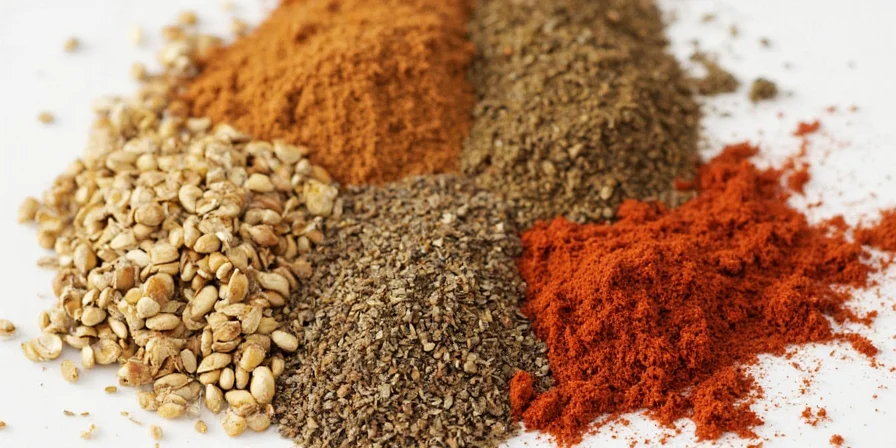









 浙公网安备
33010002000092号
浙公网安备
33010002000092号 浙B2-20120091-4
浙B2-20120091-4